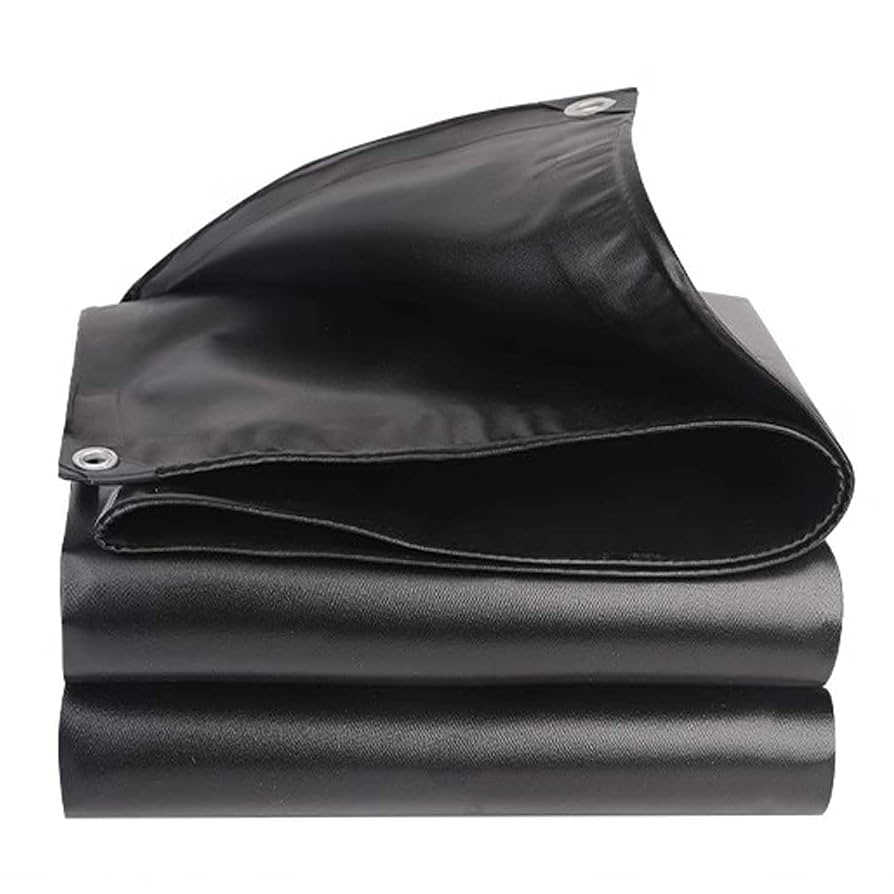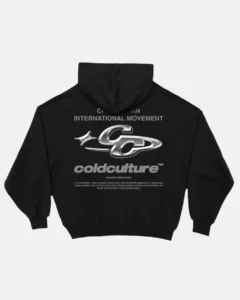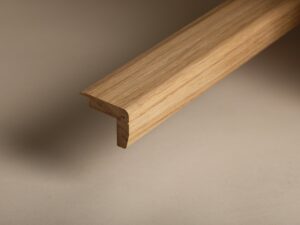
More and more attention is being given to environmental issues and thus companies from various industries are striving for more sustainable products. The Tarpaulin industry is not an exception to this. Eco-friendly and recyclable tarpaulins are in great demand as businesses and individuals are now very conscious of their environmental impact. This article looks into various eco-friendly tarpaulin options and their advantages.
1. Biodegradable Tarpaulins
Biodegradable tarpaulins are materials that are made to decompose naturally over time thus venting to the environment. These tarpaulins are made from the following
- Plant-based materials such as jute or hemp.
- Biodegradable plastics derived from renewable resources.
- Composite materials that combine natural fibers with biodegradable polymers.
Albeit not as strong as other alternatives, these tarpaulins still present a great ecological advantage. They are mainly suggested for short-time use or for situations where the tarpaulin is likely to be discarded after use.
2. Recyclable Polyethylene Tarpaulins
Lots of modern polyethylene tarpaulins now contain the feature of being fully recyclable. These tarpaulins are capable at maintaining durability and waterproofness as other poly tarps, despite the fact they are recyclable by the end of their life cycle. Main features to consider are:
- Made from high-density polyethylene (HDPE) that can be recycled several times.
- Often contain a percentage of recycled content themselves.
- Can be processed in standard plastic recycling facilities.
Something to be kept in mind is that these tarpaulins need to be clean and free from contaminants on recycling to ensure they can be properly reprocessed.
3. PVC-Free Tarpaulins
Traditional PVC tarpaulins have been blamed for their environmental influence due to the toxic chemicals used in their production, and their non-biodegradable nature. PVC-free replacements are accessible now. Examples of these are:
- Polyurethane (PU) coated tarpaulins
- Silicone-coated fabrics
- Acrylic-coated materials
These alternatives provide almost the same performance as PVC tarpaulins; however, their environmental footprint is reduced. They are often more easily recyclable and don’t release harmful chemicals during their lifecycle.
4. Recycled Content Tarpaulins
A large number of manufacturers are presently producing tarpaulins constructed either partly or entirely from recycled materials. These can be:
- Tarpaulins made from recycled plastic bottles
- Tarps produced using recycled industrial waste
- Products incorporating reclaimed textiles
Out of these Heavy Duty Tarpaulin sheets, those that are made from recycled components in a smaller proportion are regarded as better since they thus also decrease waste, and at the same time produce the necessary amount of raw materials. The functionality is mostly the same, but the cost may be lower because the raw materials used are recycled.
5. Natural Fiber Tarpaulins
For specific purposes, tarpaulins made from natural resources can be an environmentally-friendly alternative. Some of the options include:
- Cotton canvas tarps
- Hemp-based tarpaulins
- Jute or burlap covers
Even though they are not as resistant to water as the synthetic alternatives, natural fiber tarpaulins are bio-degradable and are thus mainly suitable for the uses where air permeability is a requirement.
Conclusion
It is clear that going with “green” or recyclable tarpaulin options provides an informed, green and responsible approach to reducing our impact on the planet. Whether it’s biodegradable natural fiber tarps, recyclable polyethylene or P.V.C. free options, the range of eco friendly products to meet a variety of applications is significant. Eco-friendly tarpaulins help decrease wood and plastic waste; provide opportunities to reduce toxic emissions, and; promote renewable or recycled materials. Some eco-friendly tarpaulins may not be as durable, but their eco-friendly advantages far outweigh limitations – especially for a job with a limited time or specific use. As more people become aware of environmental issues, and more green options are developed, we should not consider the move to sustainable tarpaulin options for our everyday applications to be a trend, but a necessity to create a greener world.
Also Read: https://viralnewsnetwork.site/





